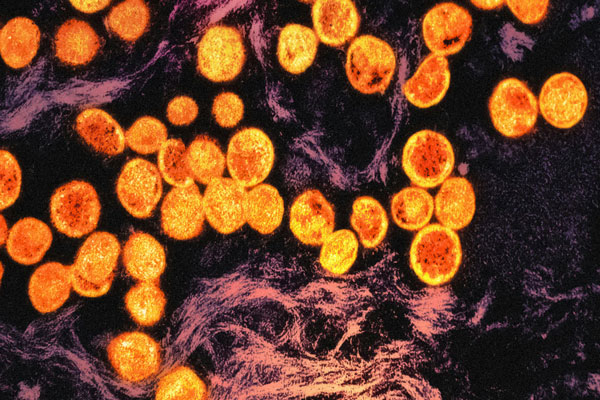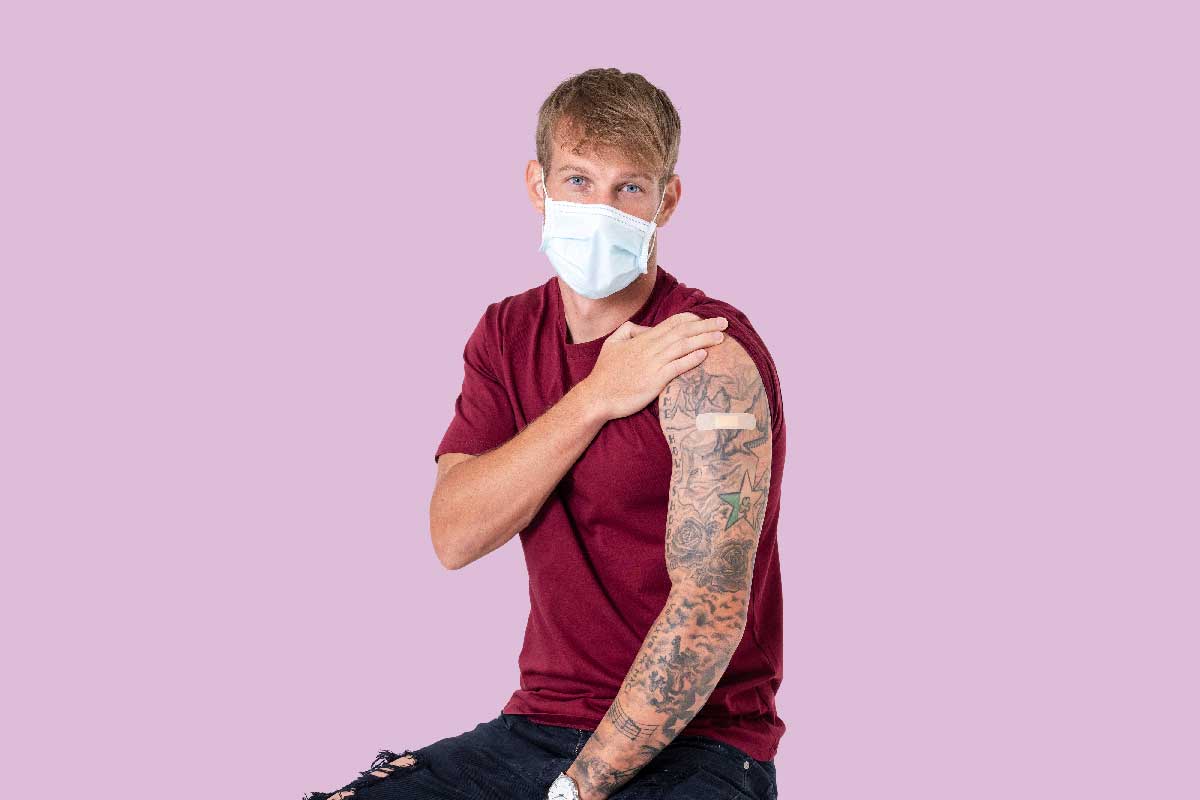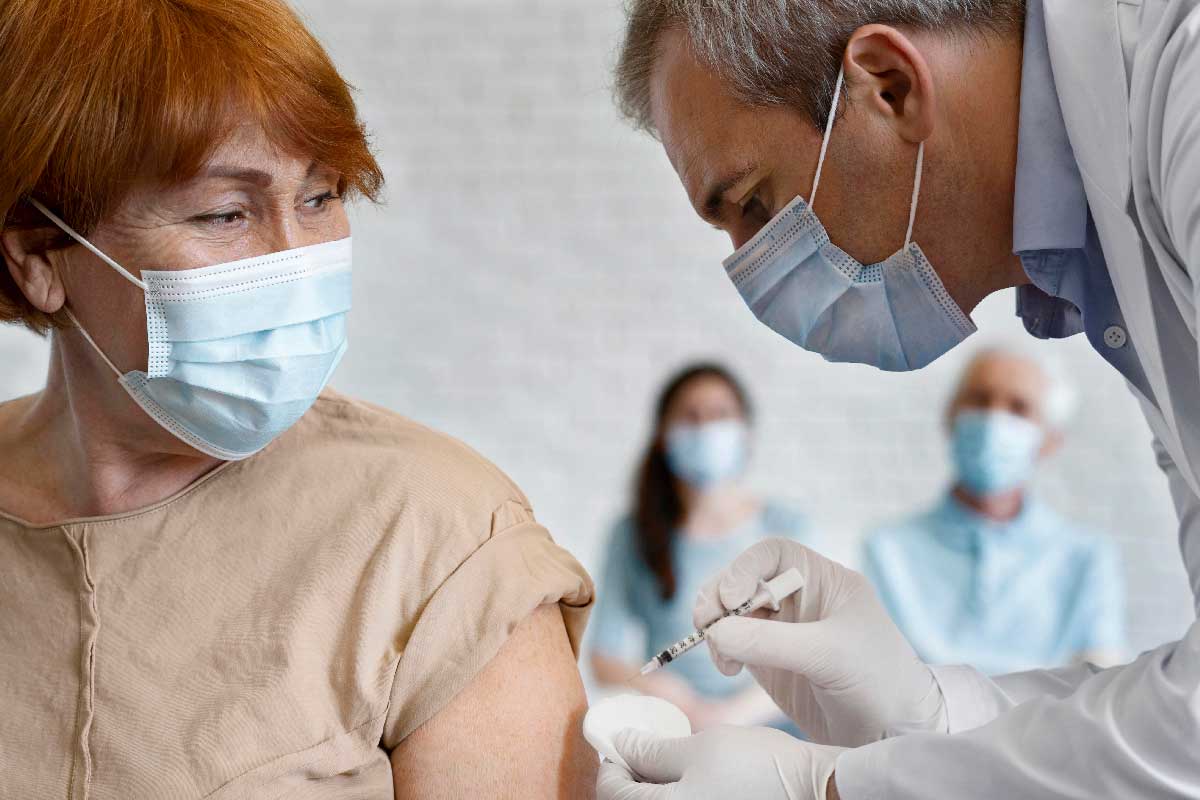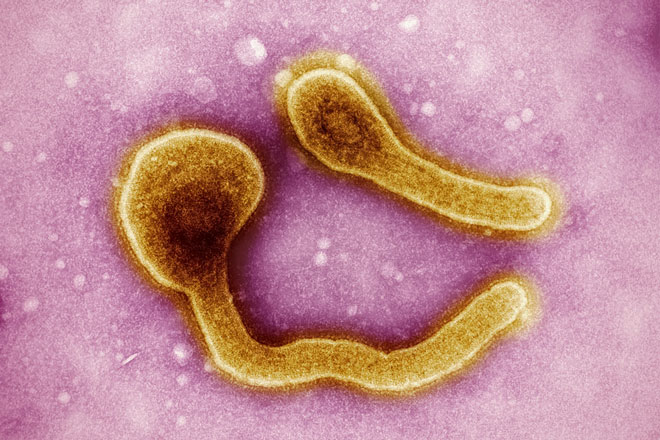Can vaccine clinical trials be sped up safely for COVID-19?
One of the most time-consuming parts of vaccine research and development is the testing of a vaccine. How does this work, and how, in the context of COVID-19, are scientists trying to speed it up?
- 24 August 2020
- 5 min read
- by Priya Joi
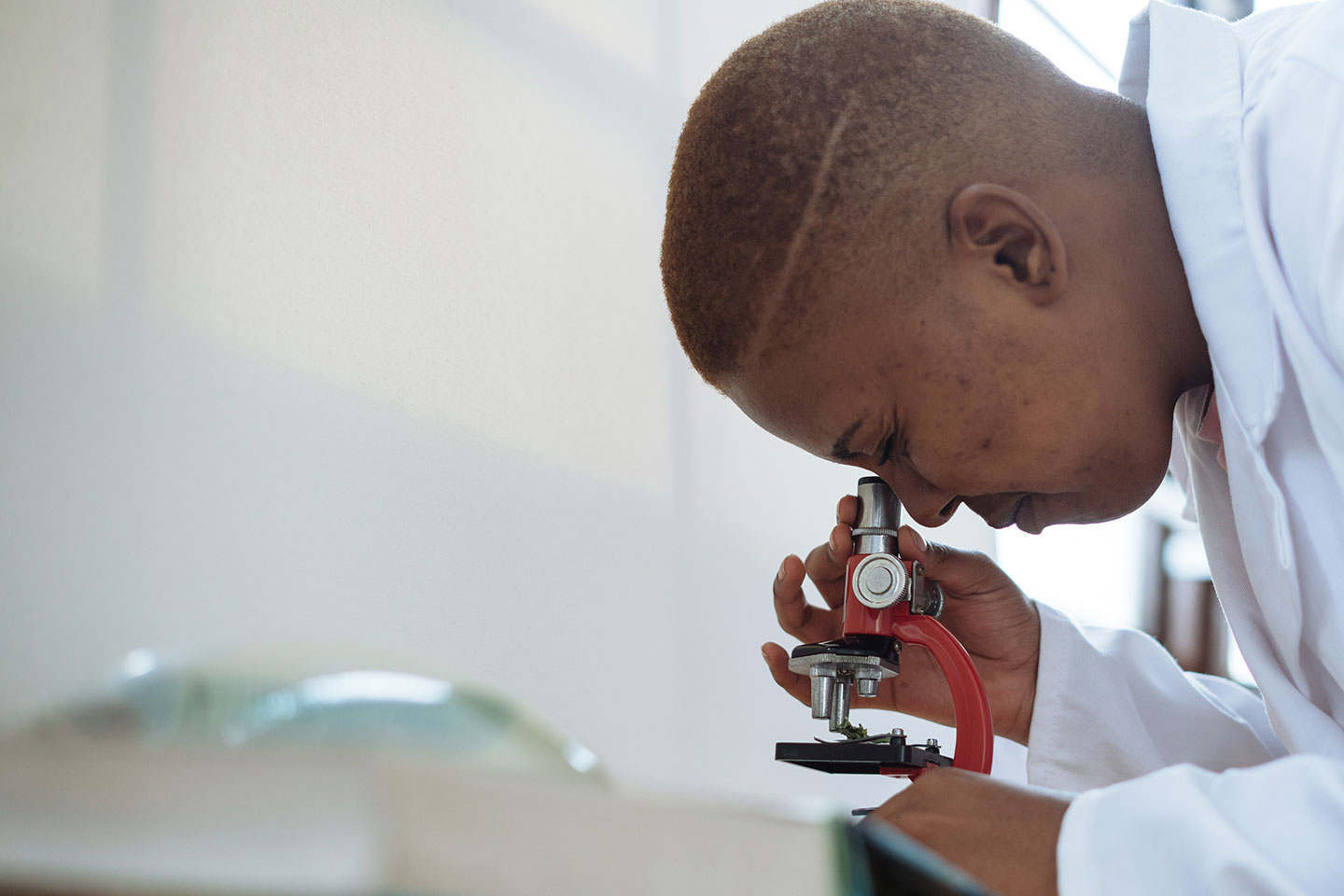
Researchers across the world are racing to develop safe and effective COVID-19 vaccines. There are now more than 20 vaccines in clinical trials, and 139 more in development. On average, vaccine development can take 10-15 years. Given that we are living in the middle of a global pandemic, waiting a decade for a vaccine is far from ideal. So, with speed being an important factor, how are researchers adapting to ensure a successful vaccine for COVID-19 can be made available quickly, yet safely?
How vaccine trials usually work
Before a vaccine is given to humans, scientists normally spend many years developing it in the lab, often testing it on animals. Only when a potential vaccine appears to work safely will it move onto clinical trials in humans.
Vaccines must undergo three phases of clinical trials in humans before they can be licensed for commercial distribution:
- Phase 1 clinical trial – a very small number of healthy volunteers receive the vaccine under carefully monitored conditions to test the immune response at different doses, and to identify potential side effects caused by the vaccine.
- Phase 2 clinical trial – a larger group of healthy volunteers receive the vaccine to test whether it works by checking for signs of the expected immune response at a therapeutic dose, and also to identify any potential side effects.
- Phase 3 clinical trial – much larger groups, sometimes across different countries, receive the vaccine or a control, such as a placebo or already licensed vaccine. Comparisons, between what happens to the individuals who receive the vaccine and what happens to those who receive the control, allow scientists to determine the vaccine’s safety and efficacy. Randomisation of who received the vaccine and who receives the placebo helps ensure that any differences that arise between the two groups are due to the vaccine. Researchers will often follow the participants of phase 3 studies for a prolonged period of time to monitor long-term safety and efficacy. This is kind of post-market surveillance is sometimes referred to as a phase 4 clinical trial.
If phase 3 is successful, the researchers will apply to regulatory bodies across the world to get permission to manufacture and distribute the vaccine. Even after a vaccine starts undergoing commercial distribution, monitoring of its safety and effectiveness continue, to ensure that it works satisfactorily under real world conditions.
The urgency of COVID-19 requires innovation
One approach to speed up testing of vaccines is through “adaptive trials”. These are trials that are constantly tweaked as they go. Usually in a vaccine trial, researchers will write a plan and stick to it through the entire course of the trial partly because of the expense involved in making changes. However, by making changes in response to new findings, things move much faster. Changes might involve expanding the trial to include new components looking at the safety and efficacy of additional vaccines, or to include new study sites and more study participants so that differences between the vaccine and control groups become apparent more quickly. These changes aren’t guesswork - they are based on clearly defined rules that have been set up by scientists who are experts at evaluating uncertainty.
Compressing the testing phases can speed up testing
Another approach is to reduce the time between the start of different phases of the vaccine clinical trial process as much as possible. For example, starting a phase 3 trial while a phase 2 trial is still ongoing and before it has yielded preliminary results. Any safety concerns raised in the phase 2 trial would still result in stopping the phase 3 trial, too. But as this approach can increase the potential risks to some volunteers, such as safety indications not being seen until later in the phase 2 trial, volunteers would need to fully understand and consent to those risks. The benefit, though, is the time saved by not waiting for phase 2 to be complete before phase 3 begins.
Matching clinical trials to where disease occurs
To show that a vaccine is efficacious, participants in phase 3 trials need to be exposed to the infection the vaccine is meant to prevent. If the people who received the vaccine develop less of the disease than those who received the control, it indicates that the vaccine protects against the disease. If the disease is common in an area, then any protection provided by the vaccine should become apparent quickly. However, if the disease is rare in the area where the clinical trial is taking place, it can take a long time for protection from the vaccine to become apparent. One solution is to have the clinical trial in an area where the disease is common even through the vaccine was developed elsewhere. This has been done in the past with many vaccines, including Ebola vaccines, although great care is needed to make sure that everyone involved with the clinical trials benefits from them.
Another solution involves challenge trials, in which the virus is purposefully given to people who are taking part in a clinical trial, people who have received the test vaccine or the control. These trials have already happened for diseases like typhoid fever where the risk from the immune response is relatively well understood and where serious infection can be treated well, if monitored closely. COVID-19, however, can cause very severe disease that can result in someone’s death even with treatment. While challenge trials would avoid the wait for natural infection exposure to see if the vaccine works, many research teams consider this approach ethically problematic.
The horizon looks hopeful
With the global number of reported COVID-19 cases increasing daily, the virus will continue to cause illness and death until we have a safe and effective vaccine. As researchers across the world continue their work, it is the use of new technology, innovation in adaptive techniques, and collaboration that will lead to success.
